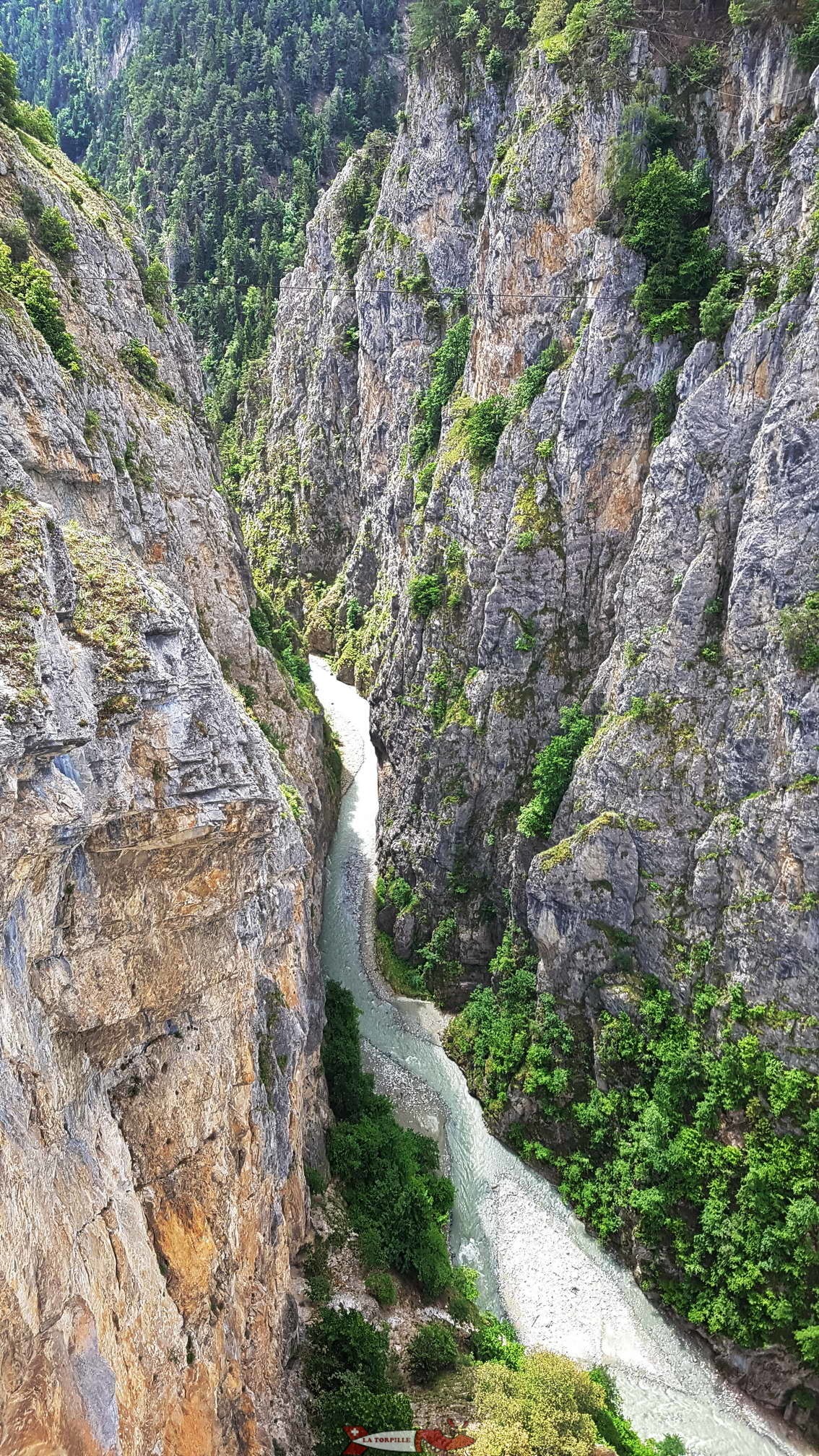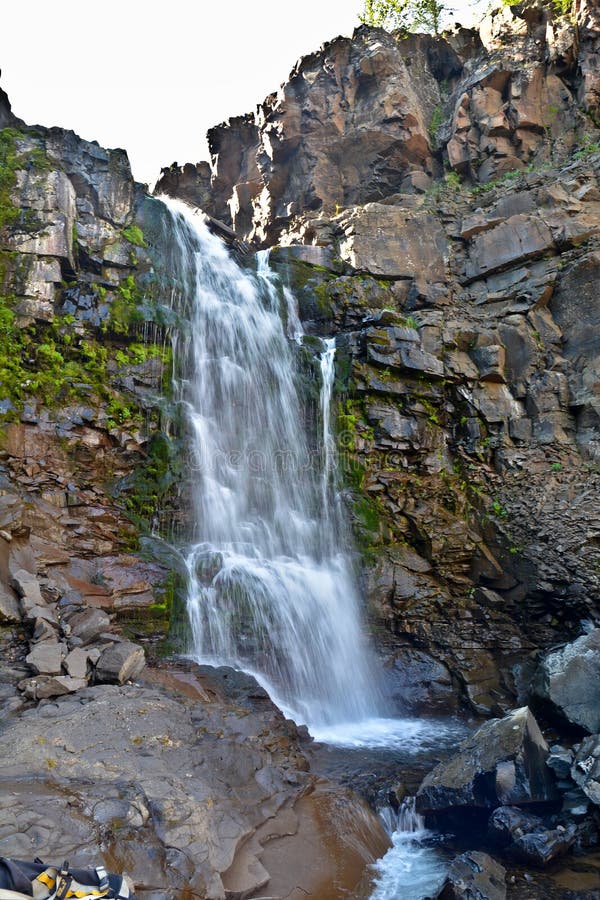

This photograph was accompanied by a written description of “the might of England” and “the immemorial tradition of conquest” that prevented the migration of the Kachin people 9, promoting pride in British intervention and perhaps insinuating the scene’s tranquility was British handiwork. He captures a broad tree in front of a tranquil lake, while a Burmese fisherman crouches on a boat in the middleground and large hills stretch out in the background. Scott O’Connor’s photograph In the Northern Reaches from his book The Silken East (1904). 8 A different approach can be seen in V.C. 7 Mementos like postcards from Jamaica, which were nearly always taken by Europeans to be sold to European tourists, depicted an exotic yet tame and timeless world, activating nostalgia for that tropical, non-industrial fantasy. 6 For example, a popular postcard image across the Caribbean was a young black boy eating sugar cane, smiling in a non-threatening way many postcards used this trope to fashion a comforting idea of a foreign but domestic (and therefore familiar) people. 5 After 1840, photography became the dominant method of documentation and was seen as objective and historically accurate, especially when coming from an unfamiliar place. Souvenirs were incredibly popular, and they generated a perpetual longing for the location, especially once the tourist returned home. This falls in line with Smith’s second purported function of the picturesque, which was to create a “nostalgic desire” for pre-colonial life while obfuscating the violent side of imperialism (and therefore maintaining support for it). 4 So secondly, the production of picturesque art in the colonies was a distinct and widely used tool for boosting travel and stimulating the tourism industry. 3 Thompson also notes that local photography stores on the islands were becoming tourist agencies, photographers were creating souvenirs for travelers, and by the turn of the century, hotels were becoming exhibition spaces for artists’ work. 2 This provided a sense of comfort to British citizens, both by familiarizing the landscape and by confirming the land’s ability to be safely under British control.

These representations depicted manicured, tidy and domesticated tropical nature, “with disciplined black inhabitants who exhibited the model traits of British colonization” to create an idea of both the landscape and the people as tamed. Thompson cites promotional material for tourism as one of the many ways this function was fulfilled. He ascertained one function was facilitating the unification of Britain and its colonies under the Crown by encouraging emigration. Smith utilizes two travelogues by British imperial tourists in Burma to determine the four uses of the “colonial picturesque”. In Aestheticizing Empire: The Colonial Picturesque as a Modality of Travel, Sean P. Firstly, it was to portray certain, seemingly unquestionable ideas about life in the colonies in order to maintain the public’s support for British control. My research argues that British artists were making these images for British citizens for several reasons. Were they for British citizens who were meant to have a false idea of colonized life? Or were they for those living in the colonies? What effects did they have on the audience and why? In addition to determining what was being omitted from these images, I would like to explore the audience for these images and why. In our final lesson, we discussed “the picturesque” and how the British colonies would produce romanticized, picturesque images of colonized landscapes, covering up a reality of instability or conflict that may have been happening at the time.


 0 kommentar(er)
0 kommentar(er)
